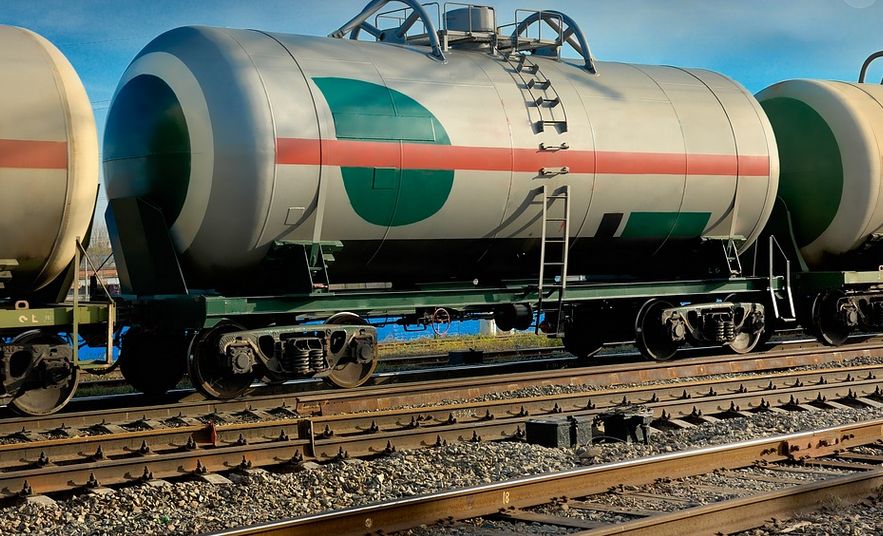Understanding the Basics
The centerline weight distribution hitch (CWDH) is a crucial accessory for towing heavier loads, such as boats, trailers, and RVs. It’s designed to dramatically improve balance and stability when hauling heavy cargo behind your vehicle, leading to safer and more comfortable towing experiences.
What Makes the CWDH So Effective?
The heart of a CWDH lies in its ability to shift load distribution across the vehicle’s axle. By connecting to the hitch receiver and utilizing weight-distribution bars, it allows you to strategically balance your trailer or boat’s weight onto your truck’s frame. This effectively reduces strain on the rear axles, leading to enhanced stability and control.
Imagine towing a heavy trailer loaded with camping gear – without a CWDH, the extra weight might cause the rear end of your truck to sag and sway, potentially affecting braking and handling. However, a properly installed CWDH helps maintain consistent contact between the vehicle’s tires and the road surface, significantly reducing the risk of jackknifes and rollovers.
Why Choose a CWDH?
While you might be tempted to rely solely on friction-based hitch connections, they often lack the ability to adjust load distribution like a CWDH. They simply offer a static point of contact between your vehicle and trailer, which is far less efficient when dealing with uneven loads.
CWDHs offer a variety of advantages, including:
* **Enhanced stability**: By reducing the weight on the rear axle, CWDHs significantly increase stability, allowing for smoother towing experiences even at higher speeds. * **Reduced sway and bounce**: The balanced load on the vehicle’s frame reduces sway and bounce, leading to a more stable tow. * **Increased fuel efficiency**: By reducing strain on your engine and tires, CWDHs contribute to increased fuel economy. * **Easier driving**: Less weight transfer leads to smoother acceleration and braking, making for a more comfortable driving experience.
Installation: A Step-by-Step Guide
Before you even consider towing your first load with your newly acquired CWDH, it’s crucial to understand the steps involved in its installation.
1. **Proper Vehicle Setup:** Ensure your vehicle is properly equipped for towing. This includes checking weight capacity and ensuring the hitch receiver is securely attached. 2. **CWDH Connection:** Connect the CWDH to your truck’s hitch receiver, following the manufacturer’s guidelines and using proper clearance and safety measures. 3. **Weight Distribution Adjustments:** Use the adjustable weight distribution bars to adjust the load balance according to your trailer or boat’s weight distribution. 4. **Ensure Secure Connection**: Double-check that all connections are secure before hitting the road.
Safety First: Tips for Safe Towing with CWDH
While a CWDH offers incredible benefits, it’s crucial to prioritize safety throughout your towing experience. This involves:
* **Properly calibrated hitch:** Ensure that the weight distribution is properly calibrated and adjusted for your specific load and vehicle. * **Use appropriate braking techniques**: Mastering safe braking strategies, including applying brakes gently and gradually using your parking brake, is crucial to avoid any sudden stops, which could contribute to swaying or jerking. * **Maintain a steady speed:** Avoid sudden acceleration and deceleration that can put undue stress on the vehicle’s dynamic balance.
Maintenance for Longevity
Regular maintenance ensures your CWDH stays in top shape for years to come.
1. **Inspection:** Inspect your CWDH regularly for any signs of wear and tear, such as loose connections or damage to the hitch itself. 2. **Lubrication:** Some models may benefit from lubrication at specific intervals to ensure smooth operation. Consult your owner’s manual for recommended lubrication practices.
Conclusion: A Powerful Tool for Safe Towing
As you venture into the world of towing, remember that a CWDH is an indispensable tool that enhances safety and efficiency in every aspect of your journey. Its ability to balance weight, reduce sway, and increase stability translates to a smoother and more enjoyable towing experience.
